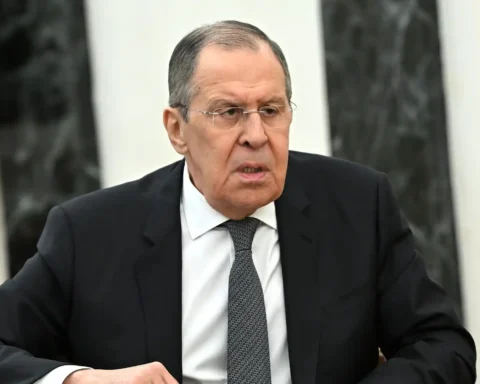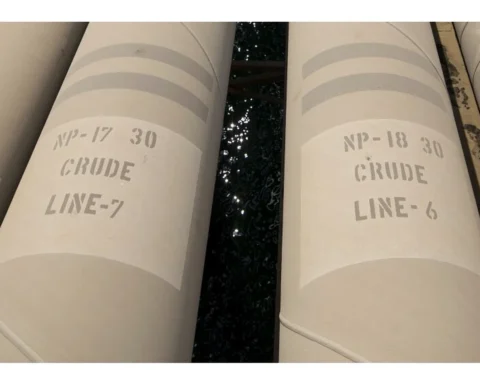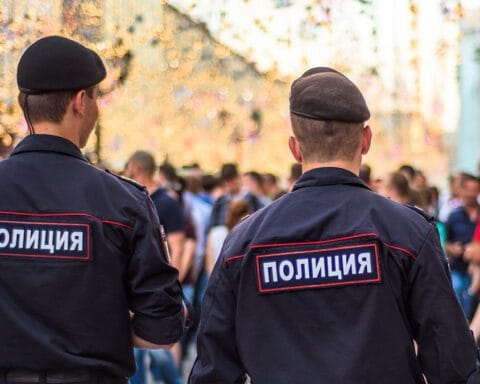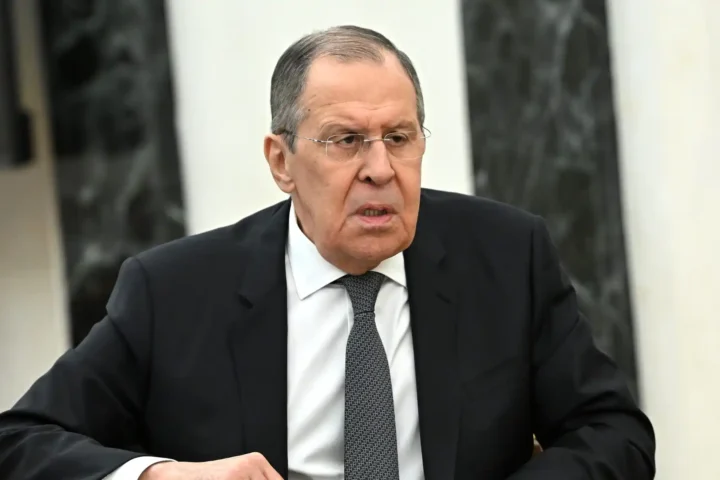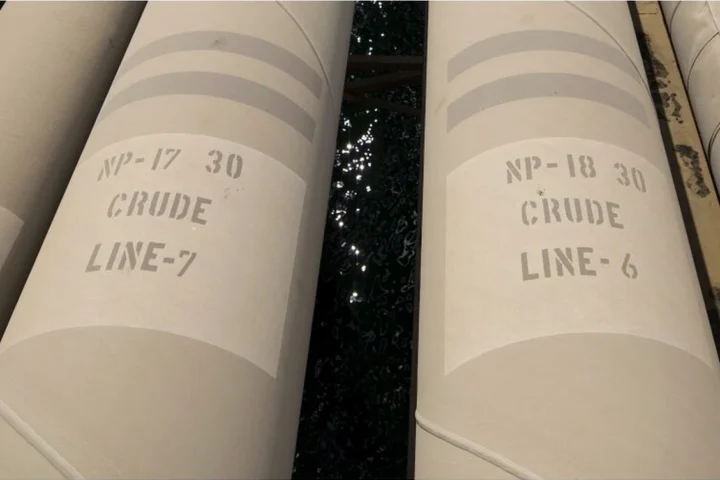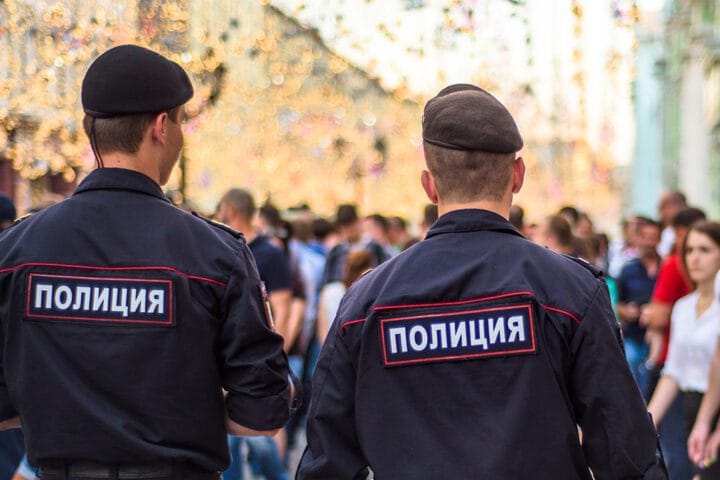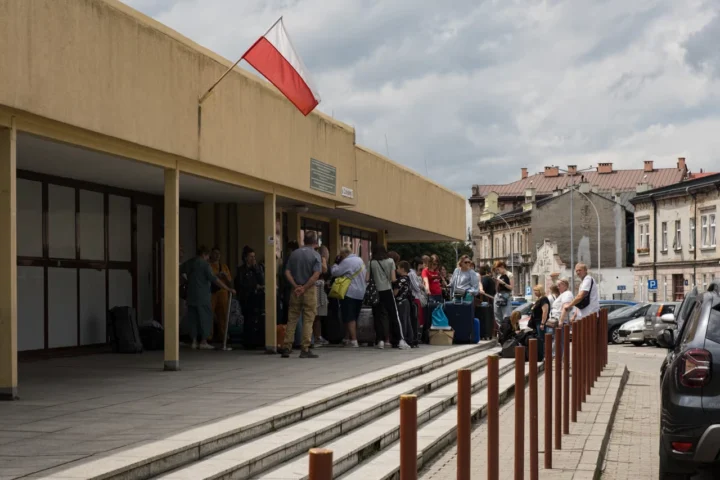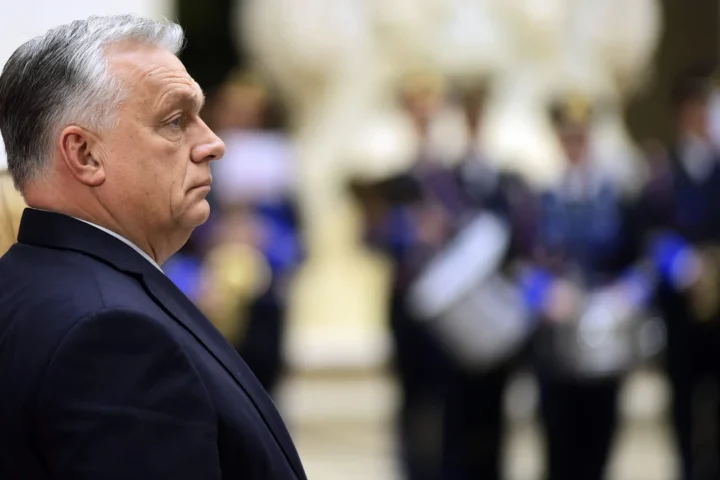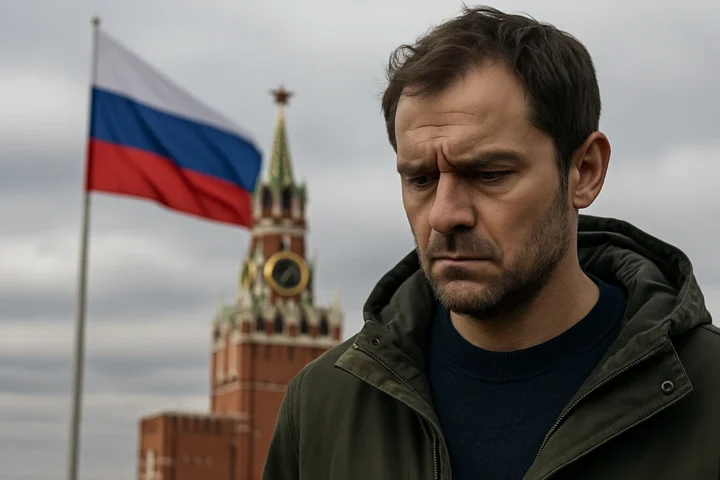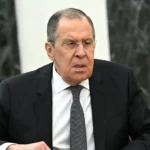The Central Bank of Russia has downgraded the country’s economic growth forecast and simultaneously lowered its key interest rate — another clear sign of a weakening economy exhausted by war and international sanctions.
What’s Happening
The Central Bank revised its GDP expectations, noting that Russia’s economy, already strained by sanctions and war spending, is facing new internal and external challenges.
Contrary to the usual logic of combating inflation — when higher interest rates help cool rising prices — the regulator has chosen the opposite path: cutting rates and making borrowing cheaper. This move suggests that the government is willing to tolerate higher inflation in order to stimulate production.
Moscow needs high industrial output, primarily to sustain its war-related economy and meet defense production demands. As a result, maintaining industrial capacity and supporting businesses have become more important than curbing inflation.
Meanwhile, sanctions and Ukrainian strikes on Russian oil refineries are deepening the pressure on businesses, reducing state revenues and increasing costs.
Russia remains largely cut off from global financial markets. The country has accumulated substantial reserves in yuan — proceeds from oil sales to China — but cannot freely spend them. To bypass Western restrictions, Moscow plans to issue yuan-denominated bonds as an alternative source of financing.
Why It Matters
Lowering rates amid high inflation is an unconventional and risky move. Cheaper credit could fuel further price increases, but the government appears to view maintaining industrial production and employment as a higher priority.
Sanctions and the damage to oil infrastructure mean that one of Russia’s main sources of foreign currency — oil and refined product exports — is under threat. This limits budget flexibility and increases pressure on the financial system.
The plan to issue yuan-denominated bonds highlights how deeply the country’s financial structure has shifted under sanctions. Russia is building alternative channels to access capital, increasingly turning toward Asian markets.
All of this creates a dangerous combination: slower growth alongside high inflation — the classic symptoms of stagflation, when the economy stagnates even as prices continue to rise.
What to Expect
GDP growth, which approached 4% last year, is likely to decline in the coming months. Inflation, on the other hand, may remain elevated as cheap credit boosts consumer demand and price pressures.
The Central Bank will have to balance between supporting business activity and containing inflation. A sharp monetary tightening in the near term appears unlikely.
Additional sanctions or further military escalation could accelerate the downturn. If oil production and exports take another hit, the state budget and industrial sector will face even greater strain.
Russia’s economy has entered what could be described as a phase of “war fatigue.” The combination of external pressure, technological constraints, and growing domestic — especially military — needs forces the government into unconventional and risky decisions.
Instead of classic anti-inflation policies, the authorities are relying on compromise measures aimed at sustaining production. But this approach leaves the system fragile: industrial output is holding up, yet inflation is rising, reserves are limited, and financial flows increasingly bypass Western markets.
According to Semafor, the Central Bank’s decision to cut both its growth forecast and key rate confirms one thing: Russia’s economy is weakening under the weight of war, sanctions, and mounting inflation.
This article was prepared based on materials published by Semafor. The author does not claim authorship of the original text but presents their interpretation of the content for informational purposes.
The original article can be found at the following link: Semafor.
All rights to the original text belong to Semafor.



